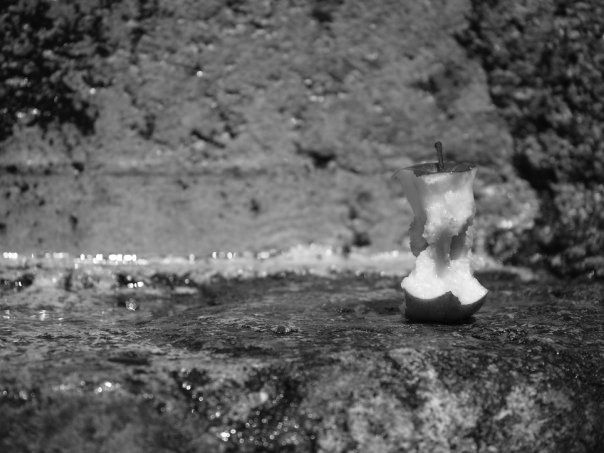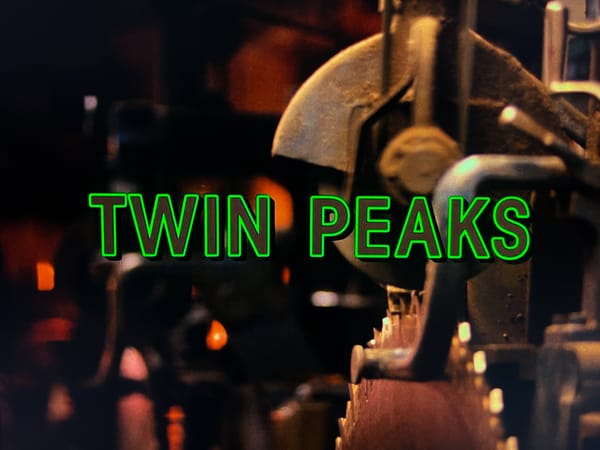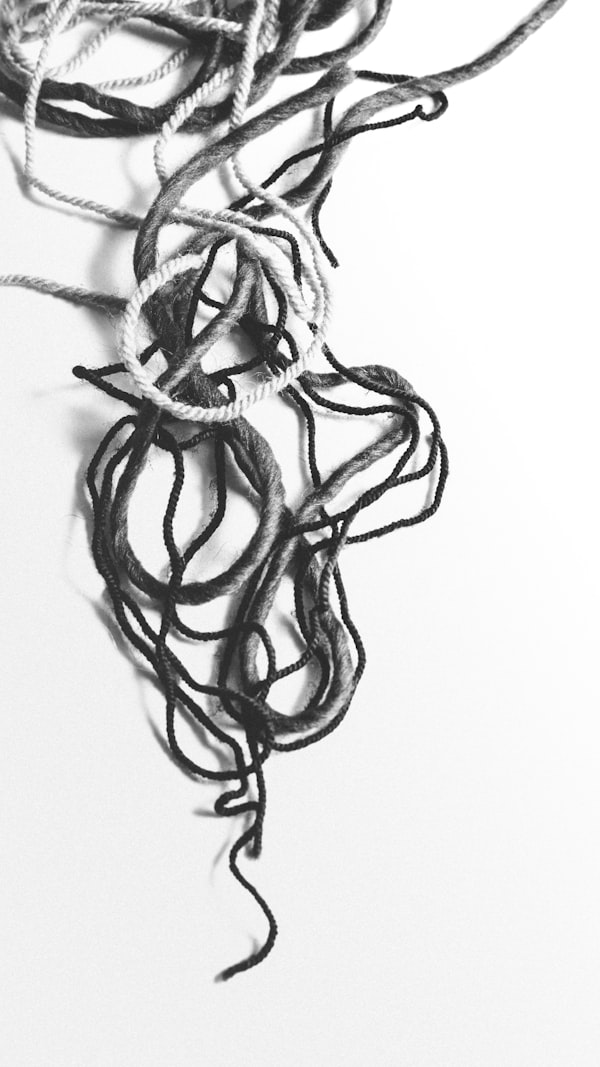Sifting Sediment
by Katharina Abderholden
When Roe vs. Wade was overturned, I was driving across the country with my mother. I was overwhelmed with the physical embodiment of the information that I received. I was moving through waves of grief when I felt my flesh swelling. I needed out. I needed to move. My mother, who is stoic, was confused, to my dismay. She stated, “I don’t know why you are so upset... you knew this was going to happen.” Shock hurled out of my body, splattering over the dashboard. It was palpable. Moments later, my sister called from Salt Lake City, sharing that she was going to march for her rights that evening. There was nothing more that I wanted than to step outside the vehicle and stand my ground, but there was also a moment of radical self-acceptance and understanding. We drove for 12 hours that day, passing through towns and seeing people standing their ground for the human rights of women. Each time, my body jolted with a shock of involuntary memory.
As a movement artist, I constantly evaluate my relationship with my body. What it means to me, what it can produce, and what it means to the community I share myself with. My work stands on the foundation of my personal vulnerability and the strength that my body has to process movement, memory, and sensation. As an artist, I have gone through waves of absolute possession and disassociating with my flesh. As a human synthesizing the world today, my body is experiencing pain movement patterns rooted in the loss of autonomy. I can see or hear something, and before my mind can react, my body feels it. These movements are trapped beneath my skin, and I am forcing them past my pores.
To understand the trapped movement is to know the trauma of moving one’s body through this world. Before we can have mindful comprehension, we must first understand how memories are stored in muscle fibers and how our bodies process our environments. I recognize that there are events in that I have consciously allowed trauma into my body because people of assumed power told me that my mind was not as valuable as my flesh. As a young movement artist, my greatest intention was to show others the composition and capacity of my body, even if that meant giving up my rights as a human. As my craft evolved and my work became more centric on the community, my body began to reflect and interact differently. I had to learn how to build safe, respectful, and empowering spaces when working with human bodies. In teaching people how to reclaim their right to bodily autonomy in those spaces, I have learned to see the trapped movements in people.
In the practice of ballet, I was taught that I am a woman and conditioned to believe that my body was sediment. It was through devotion and training that I added the most precious movements into my muscle memory. It is the job of a choreographer to prime the sediment and mold it into the sculpture. Only the choreographer could understand the potential of my corpse in its rawest form. My entire childhood was spent with people sifting my gender and identity through a sieve. They swirled my understanding of myself around and around until I just understood what other people wanted me to be. My body image, the way I adorned myself with textiles, and the way I interacted with other genders were determined by assumed power and control. Who I identified as was not up to me because I couldnever understand my capacity as a female.
As I grew through the practice of ballet, I became accustomed to people manipulating my body through touch, gaslighting my physical and emotional experiences of movement, and instilling the understanding that my body was only desirable if others thought so. Throughout my training and professional career, there are pivotal moments that highlight the lack of autonomy that was cultivated in me. There are moments when I willingly let other people determine the outcome of my body. In these moments, my corpse filed the memories deep inside my muscle tissue. When the government makes choices that impact my bodily rights, my muscles protest.
My body is my right, my experience, my choice. I sculpted it exactly the way I intended it to be. If some assumed power wants to determine the worth of my flesh, come and get it. I truly know its greatest potential and the strength it possesses. As women, we have always had people sifting through the media and government through our identities to find the precious metals that make us irreplaceable and bright. The assumed power is scared of the brilliance of women, and they are consciously stripping us of our rights that show our potential.




